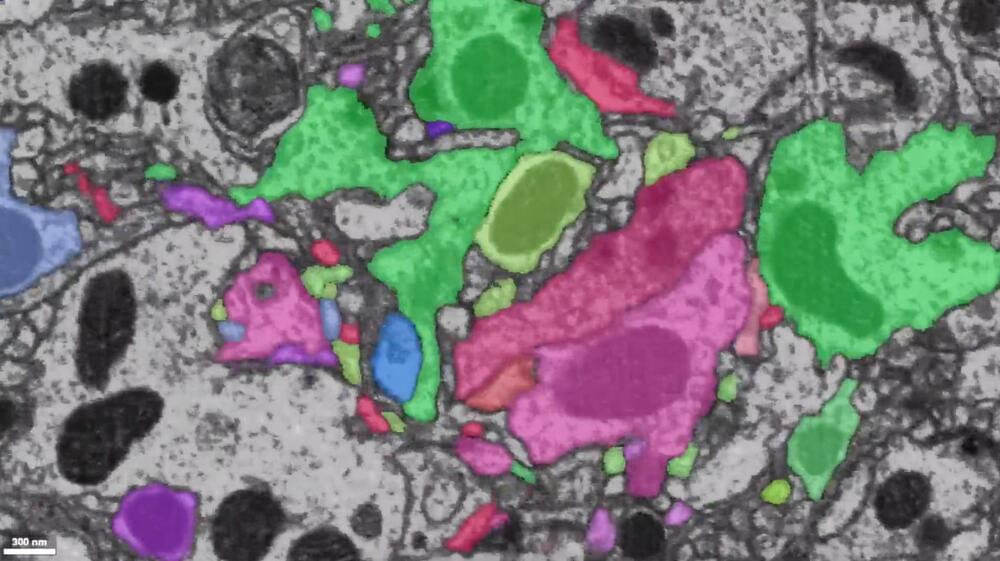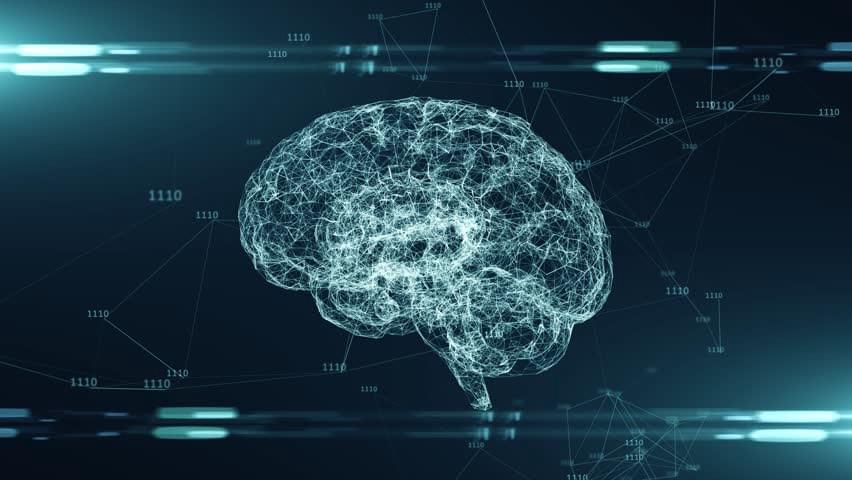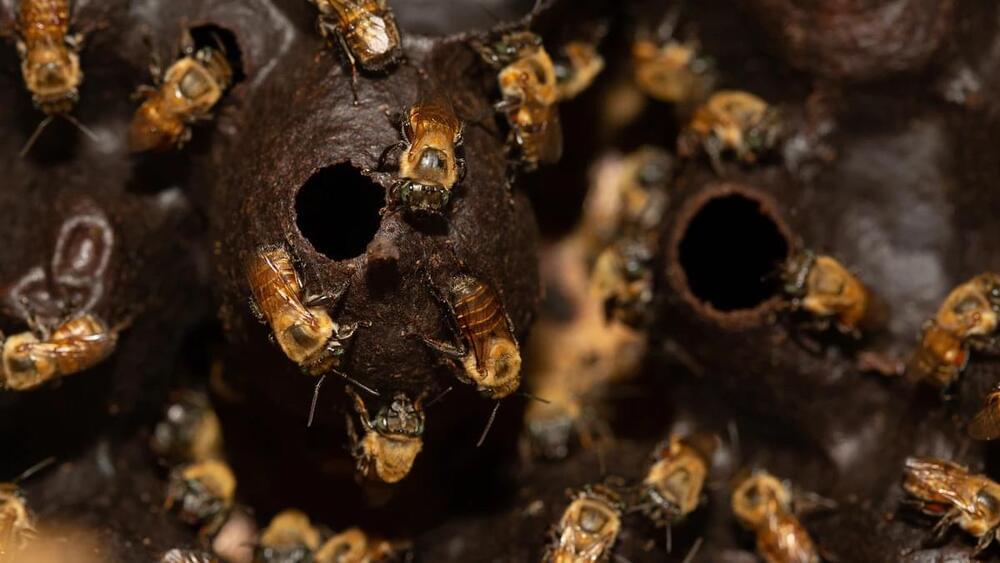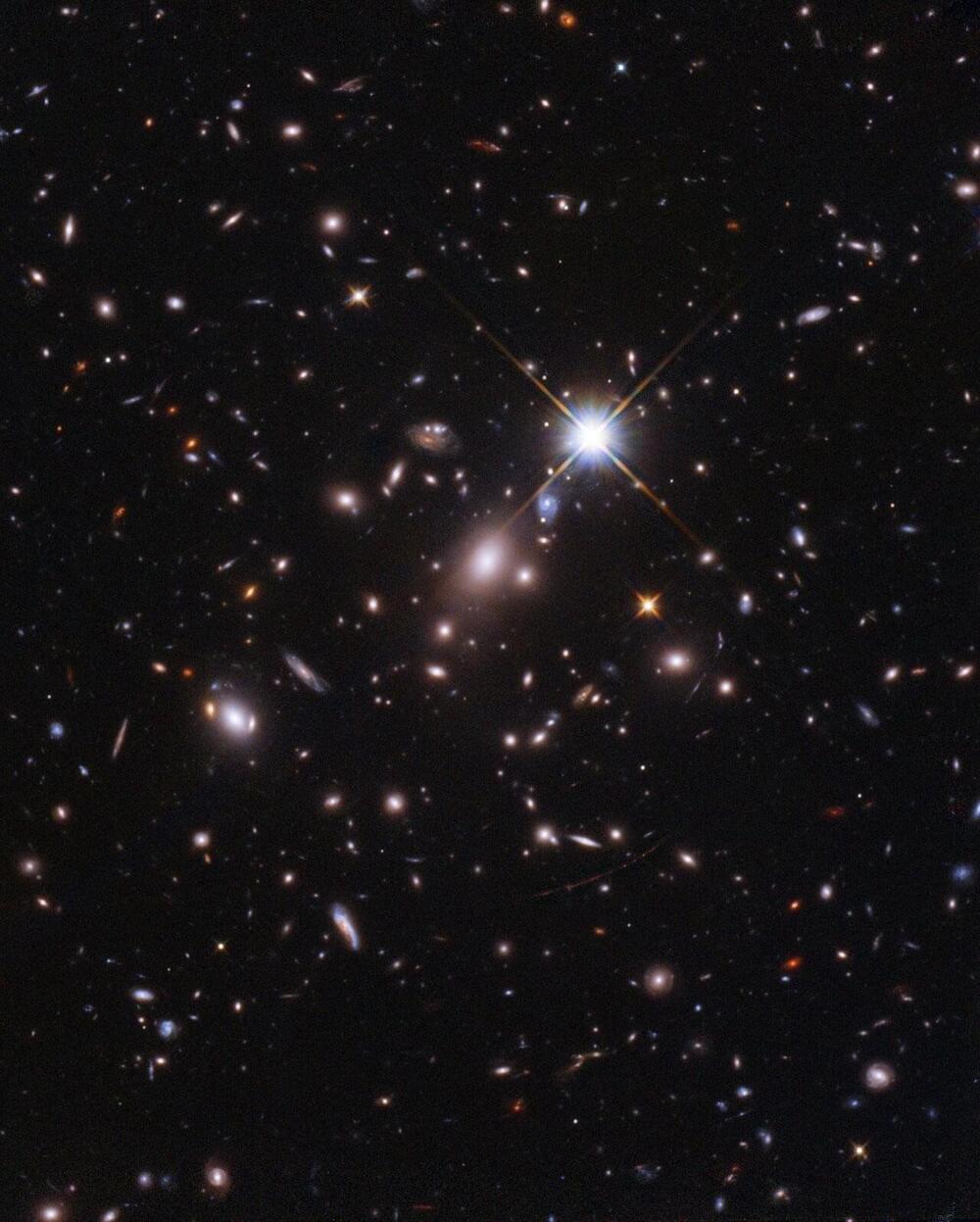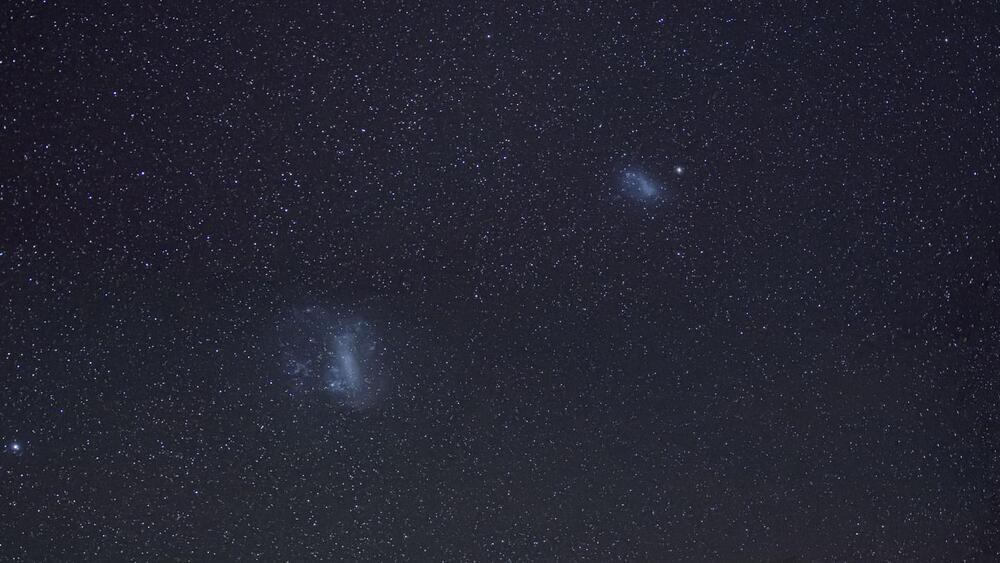Apr 3, 2022
Large-scale neural recordings with single neuron resolution using Neuropixels probes in human cortex
Posted by Dan Kummer in category: neuroscience
Recent advances in multi-electrode array technology have made it possible to monitor large neuronal ensembles at cellular resolution in animal models. In humans, however, current approaches restrict recordings to a few neurons per penetrating electrode or combine the signals of thousands of neurons in local field potential (LFP) recordings. Here we describe a new probe variant and set of techniques that enable simultaneous recording from over 200 well-isolated cortical singl… See more.
Neuropixels probes were used to simultaneously record from more than 200 cortical neurons in human participants during neurosurgical procedures. The approach could reveal insights underlying human cognition and pathology.

